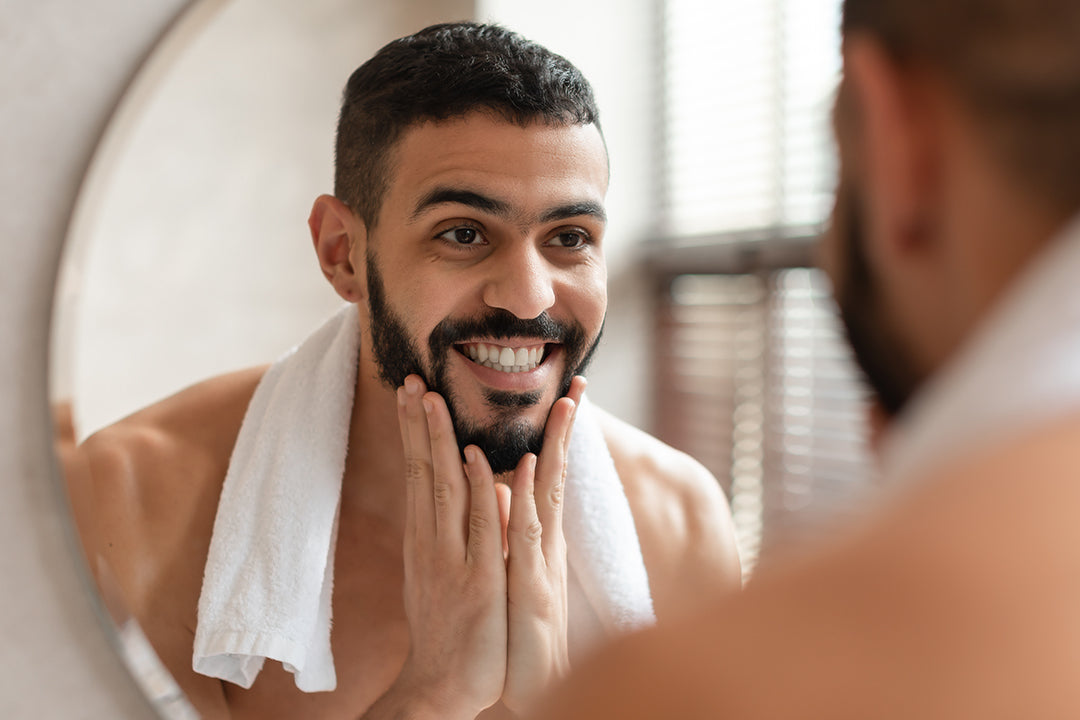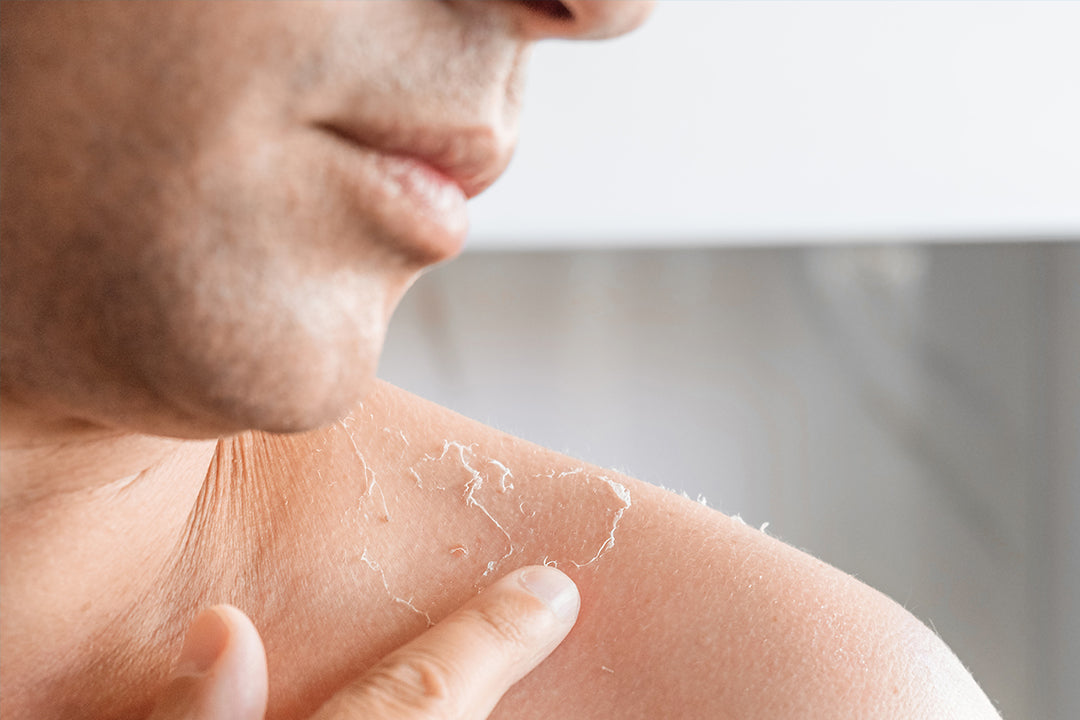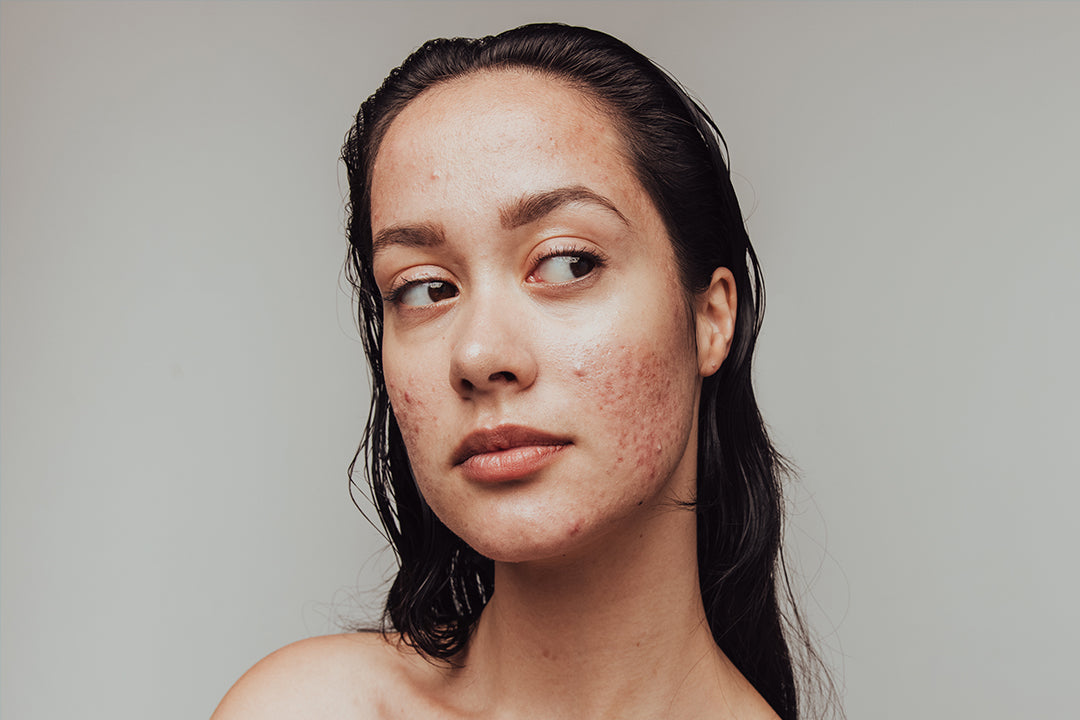Seborrheic dermatitis is a common skin condition that affects many people, especially on the scalp. It is also known as dandruff or cradle cap in infants. This condition can cause redness, itchiness, and flaking of the skin. Understanding the causes and finding the right treatment is essential for managing seborrheic dermatitis on the scalp.
Diagnosis and Treatment
Diagnosing seborrheic dermatitis is based on the location and appearance of the lesions. It is a clinical diagnosis that can be confirmed by a healthcare professional.
The mainstay of treatment for seborrheic dermatitis involves the use of antifungal agents, such as topical ketoconazole. These agents help to reduce the overgrowth of Malassezia yeast and alleviate symptoms.
It is important to note that while antifungal agents are effective, they may have adverse effects with long-term use. Therefore, it is recommended to use them as second-line agents for scalp seborrheic dermatitis.
Causes of Seborrheic Dermatitis on the Scalp
Seborrheic dermatitis on the scalp is believed to be caused by a combination of factors, including:
- Malassezia Yeast: This is a type of fungus that lives on the skin of most people. In individuals with seborrheic dermatitis, the presence of this yeast can cause an inflammatory response, leading to the symptoms of the condition.
- Sebum Production: Sebum is an oily substance produced by the sebaceous glands in the skin. In some individuals, an overproduction of sebum can contribute to the development of seborrheic dermatitis.
- Genetic Predisposition: There may be a genetic component to seborrheic dermatitis, as it tends to run in families.
- Stress: Emotional stress can worsen seborrheic dermatitis flare-ups.
- Medical Conditions: Certain medical conditions, like Parkinson's disease or HIV, can increase the risk of seborrheic dermatitis.
- Weather: Cold, dry weather can exacerbate seborrheic dermatitis symptoms.
Treating Seborrheic Dermatitis on the Scalp
If you're experiencing seborrheic dermatitis on your scalp, there are several treatment options available:
- Over-the-counter Shampoos: Look for shampoos that contain active ingredients like ketoconazole, selenium sulfide, or zinc pyrithione. These ingredients can help reduce the growth of the Malassezia yeast and alleviate symptoms.
- Topical Steroids: In more severe cases, your healthcare provider may prescribe a topical steroid cream or ointment to reduce inflammation and itching.
- Medicated Creams: Certain creams or ointments containing antifungal agents like ketoconazole or ciclopirox can be applied to the affected areas to target the underlying yeast.
- Lifestyle Changes: Taking good care of your scalp and hair can help manage seborrheic dermatitis. Regularly washing your scalp with a gentle shampoo and avoiding harsh hair products can minimize symptoms.
- Coal Tar Shampoos: Coal tar has anti-inflammatory and anti-itch properties. It can be effective but has a strong odor.
- Salicylic Acid Shampoos: Salicylic acid helps loosen and remove scales.
Treating Seborrheic Dermatitis at Home
In addition to medical treatments, there are also steps you can take at home to manage seborrheic dermatitis. These include:
- Practicing good skin care by keeping the affected areas clean and moisturized.
- Using dandruff shampoos regularly to control symptoms.
- Avoiding triggers that may worsen the condition, such as stress, cold weather, or certain skincare products.
- Using gentle, mild skincare products that are specifically formulated for sensitive skin.
When to Seek Medical Advice
While seborrheic dermatitis on the scalp can usually be managed with over-the-counter treatments, it's important to consult a healthcare professional if:
- Your symptoms are severe or worsening.
- Your scalp becomes painful or starts to bleed.
- You experience hair loss or thinning.
- You develop signs of infection, such as pus or crusting.
A healthcare provider can provide a proper diagnosis and recommend appropriate treatment options for your specific case.
Living with Seborrheic Dermatitis
Seborrheic dermatitis can be a persistent condition, but with proper treatment and lifestyle adjustments, you can manage symptoms and achieve a healthy, flake-free scalp. Remember, consistency is key. By following a regular treatment plan and incorporating scalp-friendly habits, you can keep those pesky flakes at bay and reclaim scalp confidence. Understanding the causes and seeking appropriate medical advice can help you find relief and maintain a healthy scalp.









